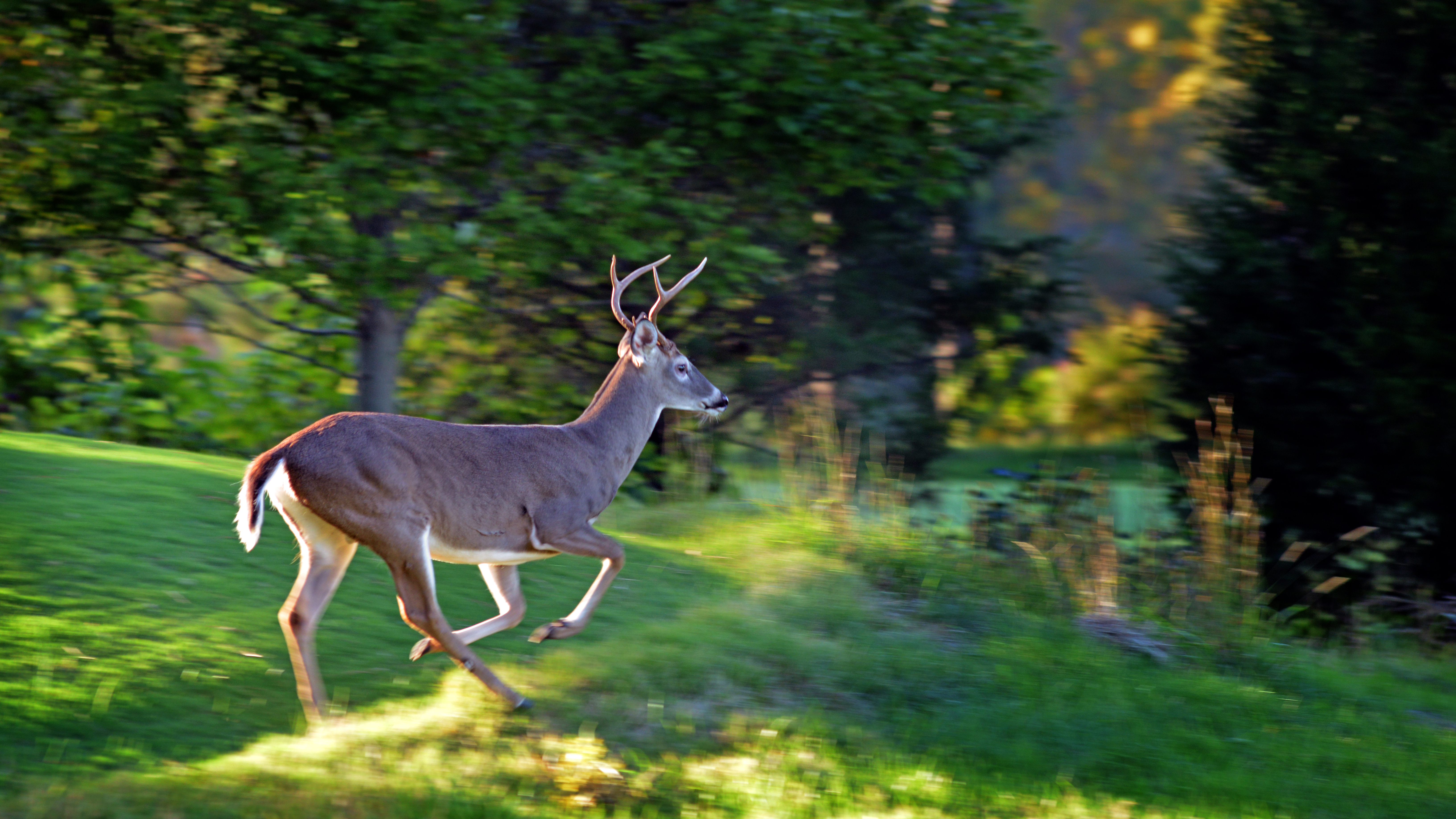Who Can Name the Most North Carolina Wildlife?

NC State researchers who asked elementary students to name five wild animals native to North Carolina found a connection between kids’ biodiversity knowledge and hunting experience.
Among the 440 students surveyed in third and fifth grades, those who said they had been hunting could correctly identify native wildlife species 73 percent of the time, compared with 63 percent of students who hadn’t been hunting.
“Among the students we surveyed, hunting was prevalent,” said Nils Peterson, associate professor of fisheries, wildlife and conservation biology in the College of Natural Resources. “About 29 percent of North Carolina students reported that they had gone hunting – higher than the national average of 24 percent – and that experience was a positive predictor of native wildlife knowledge.”
Minority and female students, who reported hunting at lower rates than white males, scored lower on biodiversity knowledge, and fewer said they thought that people should hunt. Researchers note that students may have included activities that don’t meet the general definition of hunting, such as attempting to capture lizards or insects, in their responses.
Peterson said 22 percent of girls reported hunting, compared with 38 percent of boys. Fewer minority students took part in hunting – 9 percent of Hispanic, 18 percent of Black and 30 percent of Native American students, compared with 42 percent of white students.
The survey is one of several environmental education studies examining how students learn about biodiversity and whether they have an interest in conservation biology, which relates to protecting species in the future.
“Future research on outdoor activities that can improve students’ knowledge of biodiversity should look at hunting along with choices such as hiking, camping, fishing, canoeing and beachgoing,” Peterson said. “Knowing about animals that are native to North Carolina is a precursor to caring about them.”
Peterson co-authored the study with Tessa Chesonis, who earned an undergraduate degree through the Fisheries, Wildlife and Conservation Biology program; Kathryn T. Stevenson, an assistant professor in the Department of Parks, Recreation and Tourism Management; and Howard D. Bondell, an adjunct professor in the Department of Statistics. The research was published in The Wildlife Society Bulletin.
- Categories:


